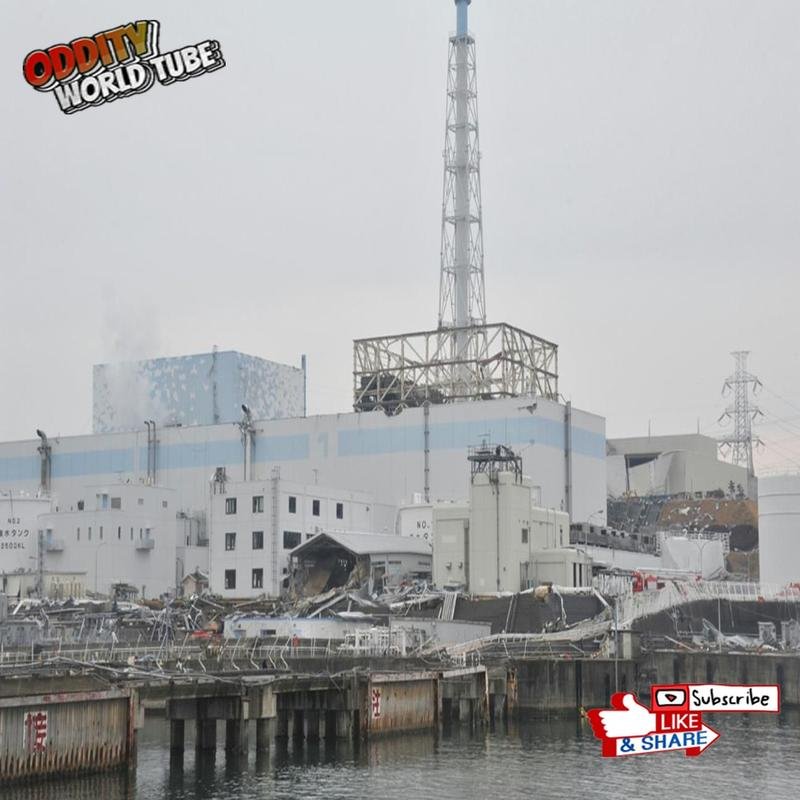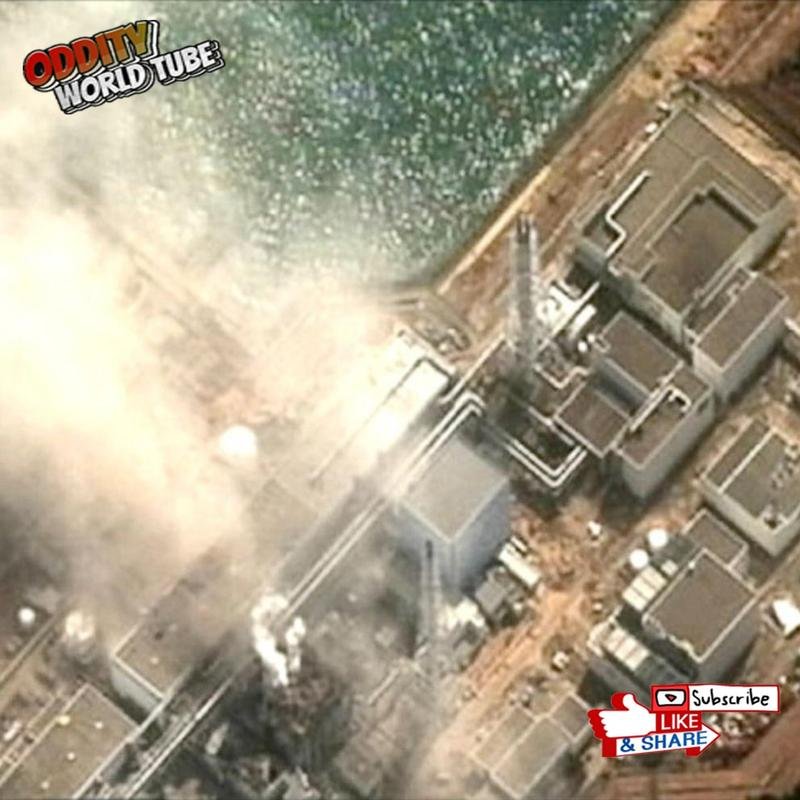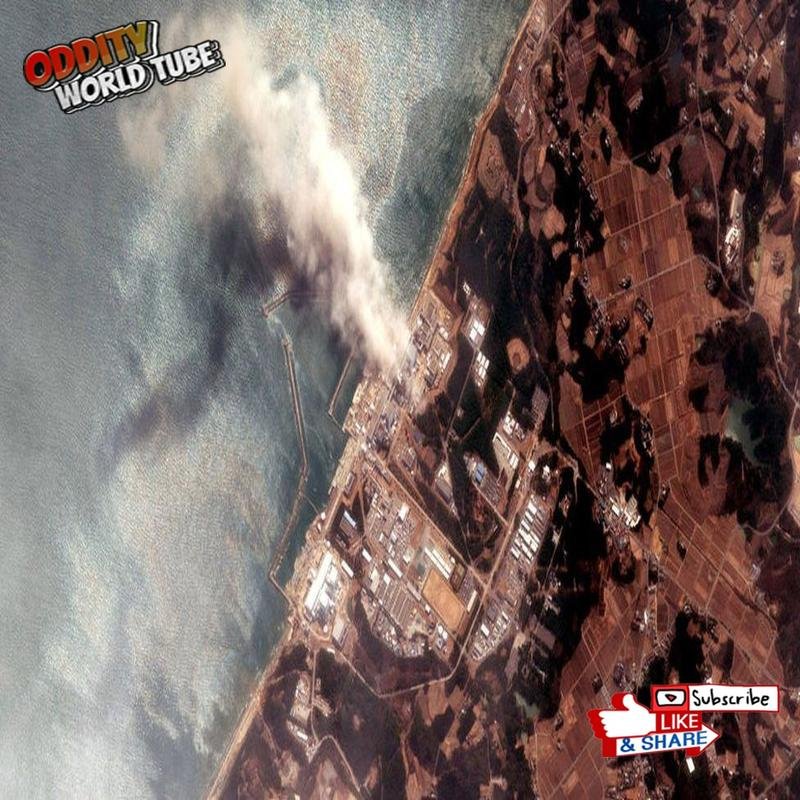The Fukushima Disaster: Terrifying Realities and Scientific Reassessment #Fukushima #Earthquake #Tsunami

Fukushima Nuclear Disaster: Impacts & Findings
The Fukushima Daiichi nuclear disaster, unfolding on March 11, 2011, represents one of history’s most significant nuclear accidents. Triggered by a 9.0 magnitude Great Tohoku earthquake and subsequent tsunami, the event resulted in widespread radioactive release and the displacement of over 160,000 people, causing profound societal and environmental impacts.
The Earthquake and Tsunami
The earthquake, striking at 2:46 PM local time, epicentered approximately 70 kilometers east of the Oshika Peninsula, off the coast of Sendai. The ensuing tsunami, exceeding 40 meters in height in certain areas, devastated coastal regions and overwhelmed the Fukushima Daiichi Nuclear Power Plant’s seawall, disabling critical cooling systems.
Nuclear Plant Failure and Radioactive Release
The complete loss of external power, due to tsunami-induced flooding of backup diesel generators, led to a failure of cooling pumps for reactors 1, 2, and 3. Despite automatic reactor shutdown, decay heat generation necessitated continuous cooling to prevent meltdowns. Fuel meltdowns commenced within hours of power loss in reactor 1, generating hydrogen through a steam-zirconium reaction. Hydrogen explosions in reactors 1 and 3 on March 12 and 14, respectively, breached containment buildings and released significant radioactive material. Reactor 2 experienced a partial meltdown, compromising containment and resulting in radioactive release. Emergency seawater cooling efforts exacerbated the situation, causing equipment corrosion and generating substantial volumes of contaminated water, requiring extensive storage and treatment.
Consequences and Long-Term Impacts
The disaster necessitated the establishment of a 20-kilometer evacuation zone, causing widespread economic and psychological hardship for displaced residents. Radioactive contamination affected soil, water, and air, prompting extensive monitoring and decontamination efforts, including topsoil removal and building remediation, which continue to this day. Investigations revealed a confluence of contributing factors, including design flaws, inadequate safety measures, and insufficient disaster preparedness.
Global Reassessment and Ongoing Challenges
The accident prompted global reassessment of nuclear safety standards and regulations, leading to project cancellations and reevaluations of nuclear power commitments worldwide. Over a decade later, the consequences persist, with ongoing decontamination and the unresolved displacement of many residents. The 2021 announcement of a plan to release treated water into the ocean ignited controversy, highlighting the enduring challenges and the need for transparent environmental impact assessments.
Conclusion
The Fukushima Daiichi disaster serves as a critical case study, underscoring the imperative for stringent safety protocols, robust disaster preparedness, and continuous innovation in risk mitigation within the nuclear power industry and beyond. It remains a stark reminder of the fragility of complex systems in the face of natural forces.










